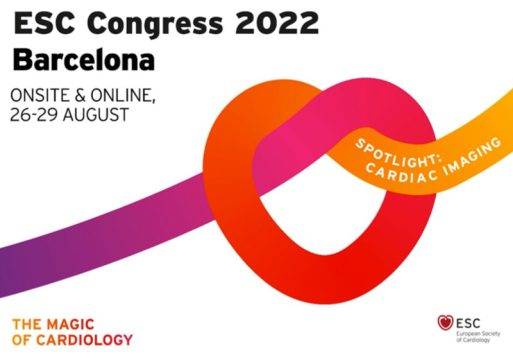While the need for repeat cinecoronary angiography after transluminal coronary angioplasty (TCA) has decreased with the use of drug-eluting stents and improved medical treatment, patients still present ischemic recurrence or cardiovascular events at follow-up.

Using a functional test at follow-up after TCA or myocardial revascularization (CMR) is a frequent practice in our context. This is why guidelines recommend (for Class IIb) a functional test in high-risk patients 6 months after TCA and 1 year after CRM. However, there is limited information from randomized studies for this recommendation.
The objective of this multicenter, randomized study was to determine the effect on clinical outcomes of a follow-up strategy that included routine functional testing in high-risk patients after TCA.
The primary endpoint (PEP) was a composite of major cardiovascular events including all-cause death, acute myocardial infarction, or hospitalization for unstable angina at 2 years. The secondary endpoint (SEP) included the individual components of the PEP plus invasive coronary angiography and repeat revascularization.
The study randomized 1706 patients at several centers in South Korea to follow-up with functional testing at 1 year vs. conventional treatment alone. Mean patient age was 64 years old, and most patients were male. Regarding the complexity of the coronary lesions, 21% had left main coronary artery disease, 43% had coronary bifurcation disease, 69% had multivessel disease, 70% had diffuse disease, and 19% had acute coronary syndrome. The use of functional assessment by fractional flow reserve was 35% and the use of intravascular ultrasound was 74%.
Read also: ESC 2022 | INVICTUS and PRE18FFIR.
There was no difference in the PEP at 2 years (hazard ratio: 0.90; 95% confidence interval: 0.61-1.35; p = 0.62). Regarding the SEP, at 2 years, 12% of patients in the functional test group underwent cinecoronary angiography vs. 9% in the conventional treatment group. Furthermore, 8% of patients in the functional test group required repeat revascularization at follow-up compared with 5.8% in the other group.
Conclusion
In this study involving high-risk patients who underwent TCA, routine functional testing at follow-up compared with conventional treatment did not result in a lower risk of ischemic cardiovascular events or all-cause death at 2 years.

Dr. Andrés Rodríguez.
Member of the Editorial Board of SOLACI.org.
Original Title: Routine Functional Testing or Standard Care in High-Risk Patients after PCI.
Reference: Duk‑Woo Park, M.D et al August 28, 2022, at NEJM. Presentado en ESC 2022.
Subscribe to our weekly newsletter
Get the latest scientific articles on interventional cardiology





